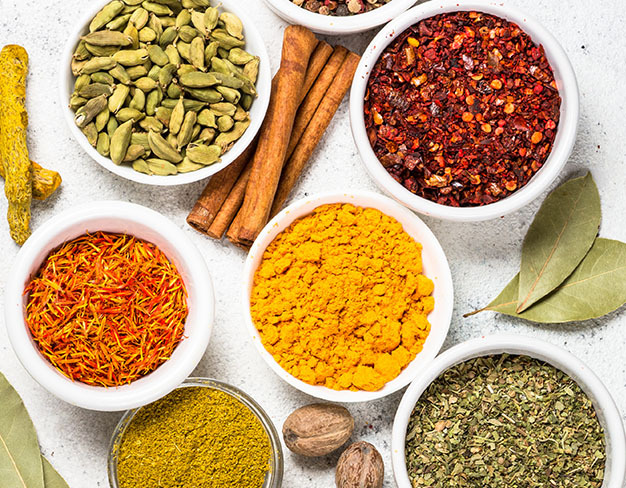Ready for your next flavor obsession?
When it comes to traditional Middle Eastern fare, you can’t skip over this special seasoning: za’atar. If you’ve never heard of it before, it probably leaves you with a lot of questions. Is it a spice? Is it an herb? And how do you use it to improve your meals?
First, let’s get one thing clear: za’atar spice is delicious, and you’re going to want to make a double batch if you follow the recipe below. That said, let’s take a deep dive into this traditional seasoning to learn how to use it in the kitchen.
What Is Za’atar, Anyway?
Za’atar (pronounced “zaah-tar”) is a Middle Eastern seasoning that translates to “wild thyme.” You can make it at home with a few ingredients, buy it online, or find it at an international market or grocery store. Traditionally, za’atar came from a plant of the same name—more commonly called a “hyssop”—which was imagined to have medicinal properties. Most seasonings today don’t actually include this plant anymore, but the name stuck anyway!
As the Arabic translation suggests, dried thyme is a major component of this seasoning blend, though it’s not always necessary. In truth, the mixture of spices and herbs in this blend can vary from region to region and even from person to person. That means that the taste, texture, color, and quality can vary a lot! You might find after testing a few different types that you prefer one version of za’atar over another.
How Do You Make Your Own Za’atar?
No matter how you slice it, there are a few common ingredients to sprinkle into your za’atar. Some recipes call for marjoram, oregano, cumin, coriander, fennel, or caraway seeds. Traditional blends will also include some variant of Mediterranean thyme as well as sesame seeds and sumac. Because there’s no set recipe, you can choose whatever sounds best to you as long as you work from a basic recipe. I’d recommend trying a store-bought version or two before making your own so you know what flavor notes you want to hit.
“In truth, the mixture of spices and herbs in this blend can vary from region to region and even from person to person.”
Here’s a quick recipe:
- 1 tablespoon dried thyme, ground
- 1 tablespoon ground cumin
- 1 tablespoon ground coriander
- 1 tablespoon toasted sesame seeds
- 1 tablespoon sumac
- ½ tablespoon dried marjoram
- ½ tablespoon kosher salt
- ⅓ teaspoon chili flakes
- ½ teaspoon freshly ground black pepper (optional)
“Because there’s no set recipe, you can choose whatever sounds best to you as long as you work from a basic recipe.”
Again, make sure to play around with this recipe to find what works for you!
How Do You Use Za’atar in the Kitchen?
Now that you’ve got a custom-made or store-bought version on hand, what should you actually do with it? Luckily, the answer is pretty broad.
Za’atar goes well with a huge range of vegetables, including cauliflower, cucumber, and tomatoes. It’s a great pairing with savory dairy dishes that include feta, goat cheese, or yogurt. Adding it to grains like quinoa, rice, and bread (especially pita bread) is an easy win as well, and you can also use it to infuse olive oils or salad dressings. If you’re interested in heading the traditional route, try whipping up an irresistible baba ganoush, or sprinkle it into your hummus.
No matter what kind of food you’re into, za’atar spice may just be the next big thing in your kitchen. It’s versatile to add into a ton of recipes, including some of my favorites, so be sure to experiment with it in your meals. If you find a cool use for it in your favorite dish, let me know—I’d love to hear about it!




